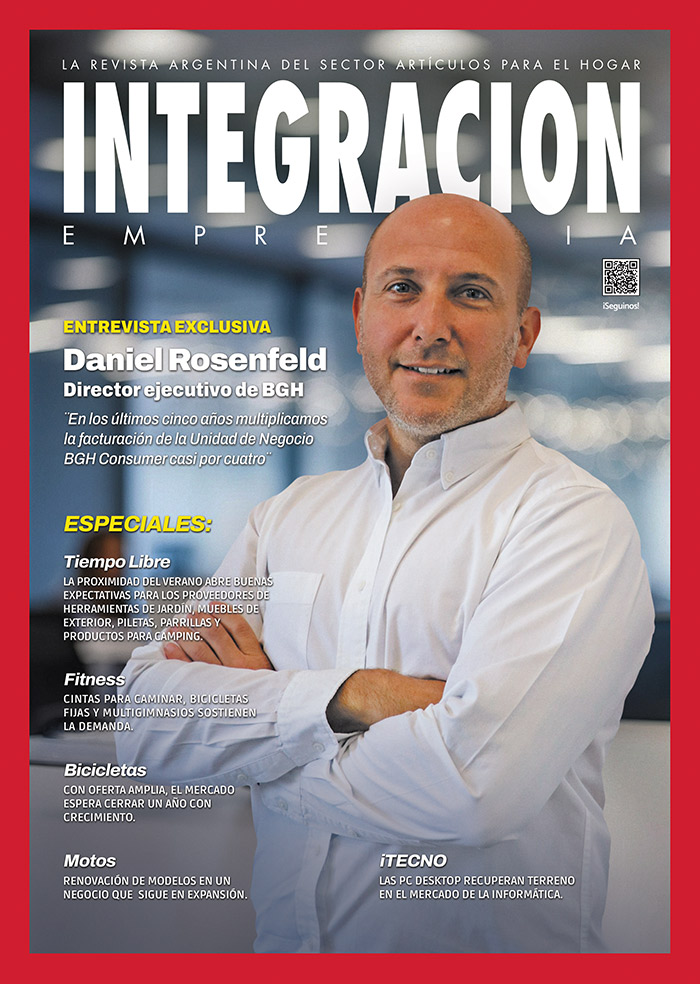SMEs: between debt and the difficulty of getting out of debt

Micro, small and medium-sized businesses represent 44% of national GDP and 70% of private employment. The current economic situation forced them not only to go into debt, but also to face problems getting out of debt. CAME, the chamber that brings them together, surveyed 800 of them and put this situation into numbers.
Por Rodolfo Pollini
A survey carried out during the second half of July by the Argentine Confederation of Medium Enterprises (CAME) among more than 800 small and medium-sized companies from all over the country, revealed the degree of financial debt, the ability to pay salaries and the level of employment and operational debt of this sector in the current economic situation.
As a result of the pandemic, 59.4% of the companies surveyed had to take new credits that, on average, represented close to 28% of 2019 billing. 47.4% borrowed in the non-banking system, the only means of financing for 85.7% of this subset of companies. 46.3% of those that increased their debt did so with credit lines at preferential rates provided by the national government, such as 24% loans and SMEs Plus, but almost 13% had to complement these funds with additional sources of financing.
46% declared that they were not in a position to pay the debts incurred within the agreed deadlines, while around 62% of them estimated that regardless of the access conditions, it will take them more than a year to get out of debt.
When surveying the ability to pay salaries and sustain the level of employment, it emerged that 72.6% of the SMEs surveyed were able to pay June salaries in a timely manner and, among these, almost 40% did so with assistance such as the ATP Program, the 24% credit line or others. Complementarily, 27.4% stated that it was impossible for them to meet that obligation and within this subset, 79.3% said they had this problem since the beginning of the pandemic. 28.6% had to dismiss or suspend personnel as a result of the situation.
In relation to this point, the employing SMEs also acknowledged having had difficulties paying the half bonus. 38.4% of the total could not afford to pay the SAC and among those who did, almost 20% had to pay it in more than one installment.
Regarding operational debt, the results indicated that more than 70% of the SMEs surveyed owe totally or partially national taxes, ratio that decreases slightly (69.4%) when the consultation is carried out on provincial and/or municipal taxes. Almost 60% of them have debts with their suppliers, while among companies that rent, the proportion that accumulates liabilities for this concept reaches 42.8%.
According to CAME, this debt context occurred within the framework of two complex situations. Firstly, the possibility or not of developing commercial activity. By mid-July, 48.8% of SMEs were able to carry out the same activities as before isolation and 29.1% were able to carry them out but with time or day restrictions. 9.9% suffered restrictions that only allowed them to work under the delivery or in-store pickup modality, while the remaining 12.1% were not authorized to carry out any type of activity.
Secondly, what has to do with the survival of small and medium-sized businesses appears. 47% considered that they will not be able to survive more than three months and, of these, 4% said that they will be able to survive less than one month. 18.2% declared that they will be able to survive between 3 and 6 months, while only 26.3% estimated that they could survive longer than 6 months. The remaining 8.4% indicated that they do not know.
By replicating this analysis regionally it emerges that, With the exception of the payment of salaries, in all the remaining key variables the percentage of companies that accumulated liabilities exceeds 50% in all regions of the country, which shows a more than delicate and general situation among the SMEs surveyed. Even so, if the average of each of the indicators is considered, Cuyo appears as the most affected geographical area and the Central Region (Córdoba, Santa Fe and Entre Ríos) as the one with the best relative situation.
LOOKING FOR THE APARTMENT: CAME indicators show that in the SME segment the average year-on-year falls in March and April compared to 2019 were 53.5% in retail sales and 41% in industrial production. Although a slow moderation in the fall in activity has been observed since May, in July retail sales still registered a year-on-year decrease of 27.7%, while in June the decline in industrial production was 23.5% compared to the same month in 2019.
THE SO DREADED UNEMPLOYMENT: The report indicates that although layoffs are prohibited, between February and May 149,000 salaried positions were lost in the private sector, bringing the decline between May 2019 and May 2020 to 294,628 positions (-4.8%). The incidence of the crisis in the SME segment was relatively higher: CAME cites the Labor Indicators Survey of the National Ministry of Labor, which shows a drop in employment between June and February that in the group of companies with up to 49 employees was 2.4%, and among those that employ between 50 and 199 people, 1.7%. Among those with more than 200 employees, the decrease was around 1%.
Latest news
Outstanding sector













